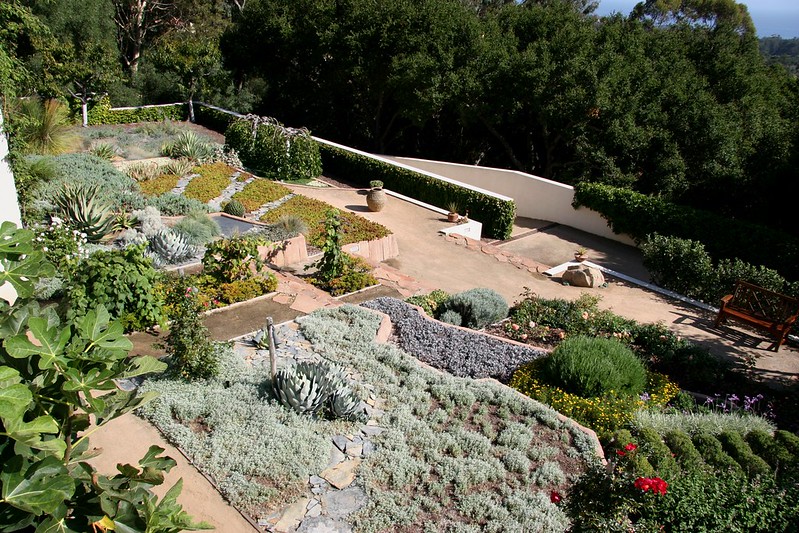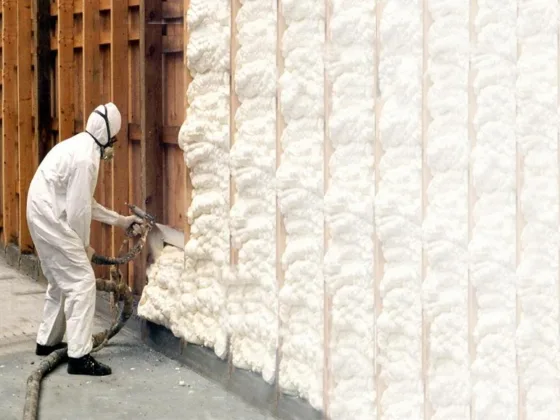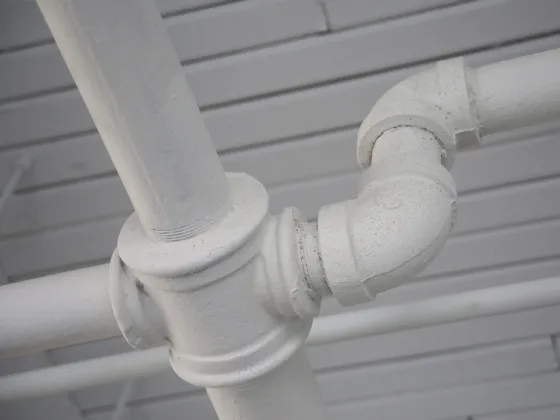Landscaping is the process of designing and shaping gardens, yards, parks, school campuses, cemeteries, sports fields, and other outdoor spaces.
Landscape designers like Couvillion’s Landscapes are professionals that can help design your landscaping to suit your needs.
This design is all about the beauty and enjoyment of outdoor spaces. Whether you are looking to create a relaxing place for friends and family or an aesthetically pleasing feature in your yard, many different options are available to make it happen.
There are three main types of landscapes done by professionals. Each type of landscape has its unique style, plant use, and appeal.
Naturally, there are some overlaps between these three styles, but each one is different.
The Naturalistic Landscapes
A Naturalistic or ecological landscaping style typically results in a natural feel. The landscape looks like untouched wilderness and is often made with native plants, trees, rocks, and water features.
This type of landscaping suits homes that are located in rural or remote areas. A good example would be a pond surrounded by tall evergreens on three sides.
The gardens are made with different types of trees, shrubs, and plants that grow well in the area’s climate conditions, such as deciduous or evergreens.
The placement of the trees and other vegetation is usually irregular to create a more natural feel.
The Traditional Landscapes
Formal gardens often have geometrical patterns made up of brick pavers or gravel paths set with trees, flowers, and decorative features such as fountains.
The plants are arranged in rows or other ordered layouts. This type of landscaping suits formal homes with large yards.
It is also suited in urban areas where there is a lot of traffic, such as an office building or housing complex.
One example would be a tree-lined path leading up to the front door of your home surrounded by evergreen grass.
The gardens usually have flowers as well as shrubs and trees for an added touch of color. It may also include other ornamental plants arranged in formal ways within specified garden borders to create a garden design.
You may also find that this type of landscaping includes long, stark borders with trees or shrubs lined up in neat rows and trimmed into patterns.
The color palette is usually limited to one bright hue for contrast against the neutral backdrop.
Read Also:
- 5 Important Factors That You Need to Consider When Choosing a Landscaping Company
- How to Choose a Professional Landscape Design and Construction Company?
- Top Reasons Why You Should Only Hire Professional Landscape Contractors
- How Much does Basic Landscaping Backyard Cost?
- Professional Landscaping Company
The Contemporary Landscape
The contemporary landscape design trend is quickly being recognized as the most popular by experts.
The contemporary style incorporates a variety of materials, structures, and design elements that are influenced by today’s society and culture.
Some examples include displaying natural-looking rock outcroppings to showcase your landscaping skills with stone masonry or having water features set into the ground to bring a soothing, calming element.
Stone or brick pavers provide an industrial look, and curved pathways create interesting perspectives for people strolling through your landscape design.
The contemporary landscape can be made with natural or man-made materials. It is characterized by a naturalistic, organic feel and is often sculptural in appearance.
You will often find the contemporary landscape in suburban residential neighborhoods and commercial settings because of its clean lines and modern design.
Things to Consider Before Settling for Landscape
Know your goal with the landscaping. Before hiring a landscaping company, it is important to know what you want to achieve.
It could be to increase the value of your property, landscaping for children, or just to improve the appearance of your home.
This will guide you on what to go for. It will depend if you want a softer, more natural look or an outdoor space with formal elements like raised beds and topiaries.
Before landscaping, it is advisable to call for a professional landscape inspection. This will help determine what needs to be done with the property and how much it will cost.
You may want to get multiple quotes because some companies can charge more than others. The inspector also checks for any safety hazards, such as loose soil or power cables.
If the inspector recommends it, have a soil test done on your property before moving forward.
Consider factors such as soil type, root zone depth, sun exposure, water drainage concerns, and slope stability.
This will help determine if there are any issues that need immediate attention and how much work should be done in order to improve drainage or add topsoil.
Some people are allergic to some plants, so be sure to get a list of plants that are recommended for your area.
If the inspectors find any chemicals on your property, such as herbicides or pesticides, they should remove them before adding new landscaping.
This is because some people react differently to different types of chemicals, and it may also harm healthy vegetation in the future if not properly removed.
What are the Benefits of Landscaping?
Landscaping can give the property a more appealing look and feel.
It can also help create privacy by blocking any unwanted views or sounds from nearby properties, which may be an important factor for some homeowners.
Landscape features such as trees, shrubs, flower beds, and walking paths can provide shade on hot days in warmer climates while retaining a feeling of openness.
Some shrubs can provide medicinal benefits to homeowners and their gardens.










